Creativity AI #8: From Cockatoos to Krakatoa - AI News, Tools & Creative Inspiration
The best AI tools for research. Perplexity Deep Research, and we all need flavors in our lives - so do cockatoos!
Creativity AI is a new publication that brings together interesting articles and recent developments in the AI world related to creativity and productivity.
Midjourney Office Hours (2025-02-19)
Midjourney V7 is… delayed again due to retraining.
Some new website features may be released before version 7.
There are currently no release dates for video or 3D features.
Midjourney is looking for "amazing vfx people" to create some explanatory video shots to showcase its innovative hardware and physics work.
(Note: Repeated or similar items from the previous weeks are omitted)
Five things I learned from Alec Soth that are applicable to Midjourney users
Magnum published an excellent interview with Alec Soth, a renowned American photographer, on how to become an expert photographer. While not everything in photography applies to Midjourney users, here are some things I learned from the article that resonated with me:
Trust your instincts. Alec Soth stated that quick decision-making based on intuition requires experience. This is also true for Midjourney. The more images you generate and the more time you spend editing the prompts, you will develop an instinct for knowing where to tweak the prompt and fix issues when the bot fails to generate the images you want.
Accept technical imperfections. In photography, not everything has to be technically perfect. As with the images generated by Midjourney. Don't discard an image you like because it contains artifacts or abnormalities on the first try. Try to see if you can salvage it, such as variations, inpainting, cropping, and other techniques.
Accept lower success rates. It is rare in photography to find the perfect balance of technical execution and artistic vision. Midjourney's success rate is determined by a variety of factors, including your skill, prompt/keyword knowledge, experience, and so on. In general, don't be discouraged if you don't get the image you want on the first try. Try rerunning the prompt a second and third time. Then, adjust your prompt to see if you get a better result.
Learn to let go. Similar to photography, do not keep images that continue to fail or are of poor quality. If the images do not fit into the overall storytelling narrative, set them aside and try another. If Midjourney web editing fails to fix the image's abnormalities multiple times, try using another third-party tool.
Maintain focus while remaining relaxed. To be productive, a balance of intense concentration and relaxation is essential. Being overly concerned about results can be counterproductive, but being too casual means losing your creative edge. As Soth puts it, "You can't be so laissez-faire that you don't give a shit - then it's time to retire. So it's a balancing act. The same goes for the Midjourney creative process. While we may create images "for fun," being too relaxed may mean not putting forth the effort to experiment with something new and improve our proficiency in creating generative art. Learning is an intentional journey. Experience accumulates over time. And it only works when you keep your eyes and focus on elevating your craft to the next level.
The best AI tools for research
Nature journal published an article on the best AI tools for research.
Here's the guide:
o3-mini excels at step-by-step reasoning. Strong in technical tasks and coding. Skilled at analyzing mathematical proofs.
DeepSeek-R1 has comparable abilities to OpenAI's models. Effective for hypothesis generation. Transparent thought process.
Llama can run on personal servers. Good for protected data, and widely used by researchers. Adaptable to specialized tasks.
Claude 3.5 Sonnet offers superior coding capabilities. Better at technical writing. Strong performance on scientific tasks.
OLMo is completely open-source, with transparent training data. Enables bias tracing. Legal safety for research purposes.
Why does this matter?
If you are new to learning and using AI, knowing which AI model to focus on for your work will save you time experimenting with various tools. Each of the tools has something unique to offer.
Perplexity allows you to access all models except OLMo. One subscription fee grants access to all. "Sonar" is Perplexity's model, built on Meta's Llama 3.3 70B.
SOUNDRAW
SOUNDRAW has added "country music" as a new genre that users can create on its platform.
Here's an example of the music I made.
Perplexity
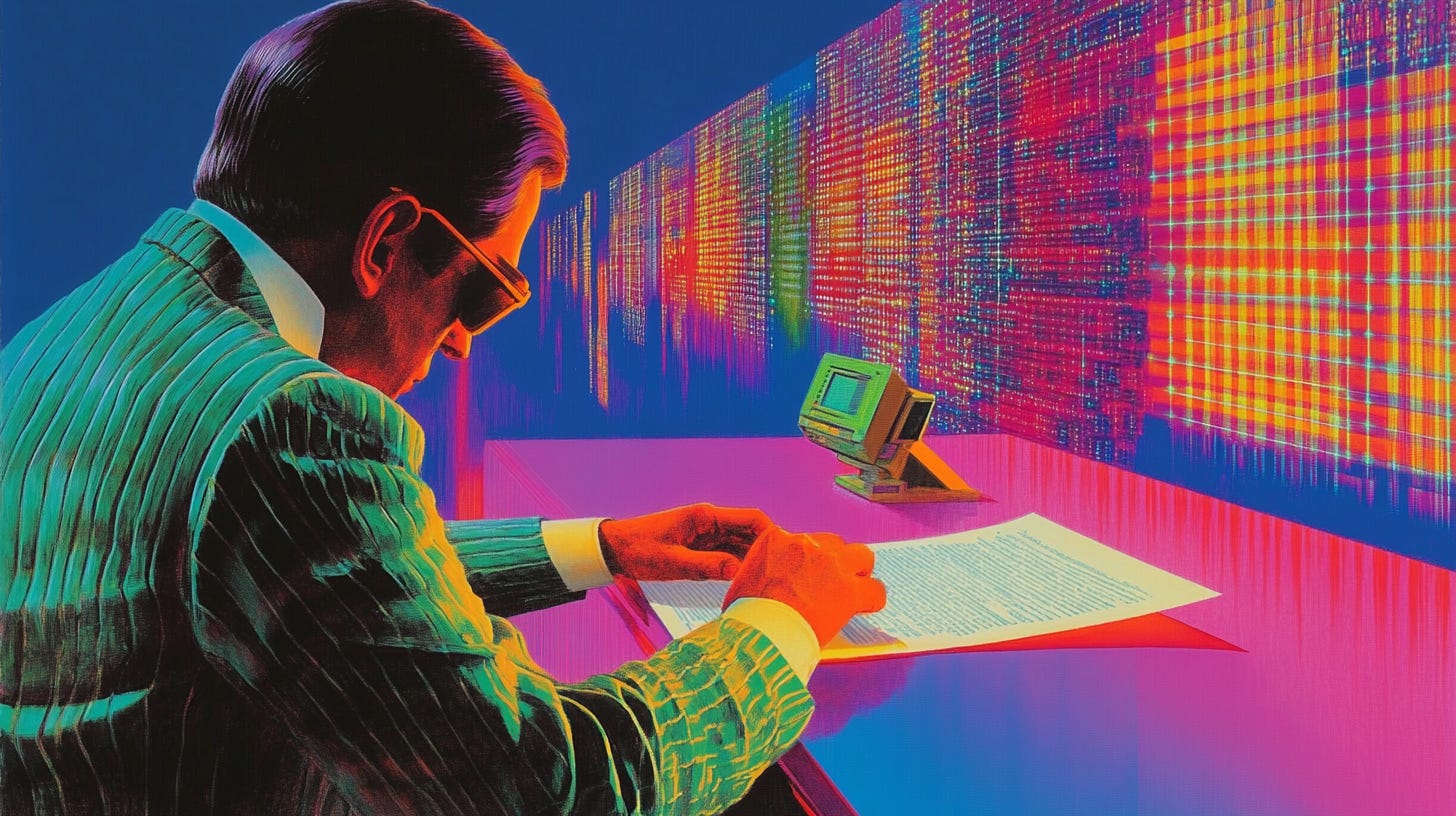
Perplexity has released a free "Deep Research" for everyone. Free users can only make 5 queries per day, whereas Pro users can make 500. In addition, the search results can be exported in PDF or Markdown format.
The competition for the deep research feature has heated up. Other notable players in the space include Google Gemini Advanced 1.5 Pro with Deep Research and Open AI ChatGPT Deep Research for Pro Users. OpenAI (Sam Altman) has announced that its Deep Research feature will be made available to free users (2 uses per month), as it is currently only available to those with Deep Pocket who pay $200 per month.
Why does this matter?
Forget the traditional search, which yields a few lines of answers or a collection of links. If you want a "deeply researched" report for your query, try Perplexity's free Deep Research feature. You'll be amazed at how many sites the bot searches to generate a report.
Deep research is now the shortcut to conducting a literature review. Yes, it is not perfect and may contain mistakes. However, it provides excellent starting materials for you to review and discover sites you may not have considered before, as well as to refine your report using your (human) judgment.
Cockatoos are foodies!
Did you know that cockatoos prefer to flavor their food before eating? These birds are food connoisseurs!
In an experiment, 9 of 18 Goffin's cockatoos demonstrated their food flavoring behavior by dipping their food (i.e., noodles) in soy yogurt, with a clear preference for blueberry-flavored yogurt over plain yogurt. None of the cockatoos dipped their food in water. The food was served soft, so the birds most likely did not soak it to tenderize it, according to the authors. You can read the entire article here.
I downloaded a video of how cockatoos flavor their food from the journal article. Why? Because it is so adorable! Sorry I can’t help it. Haha.
This is the original video from the paper published by Zeward, Jeroen Stephan, et al., 2025. (yum.. yum.. gimmie the blueberry noodle..)
These are the video-to-video changes made with Runway (using the original video as the source video).
A strange alien creature eating with plenty of saliva. (just for fun - let me know what do you think in the comments :-P )
A robotic bird eating chips.
Inspiration
The Krakatoa volcano eruption in 1883 was one of the most deadly volcanic events in history. Johann Kiessling's 1888 scientific work, which included watercolor illustrations by Eduard Pechuël-Loesche, documented how the eruption's ash plume resulted in unusually colored twilight skies worldwide.
I used the watercolor images to create a Midjourney moodboard, which generated in the following images.
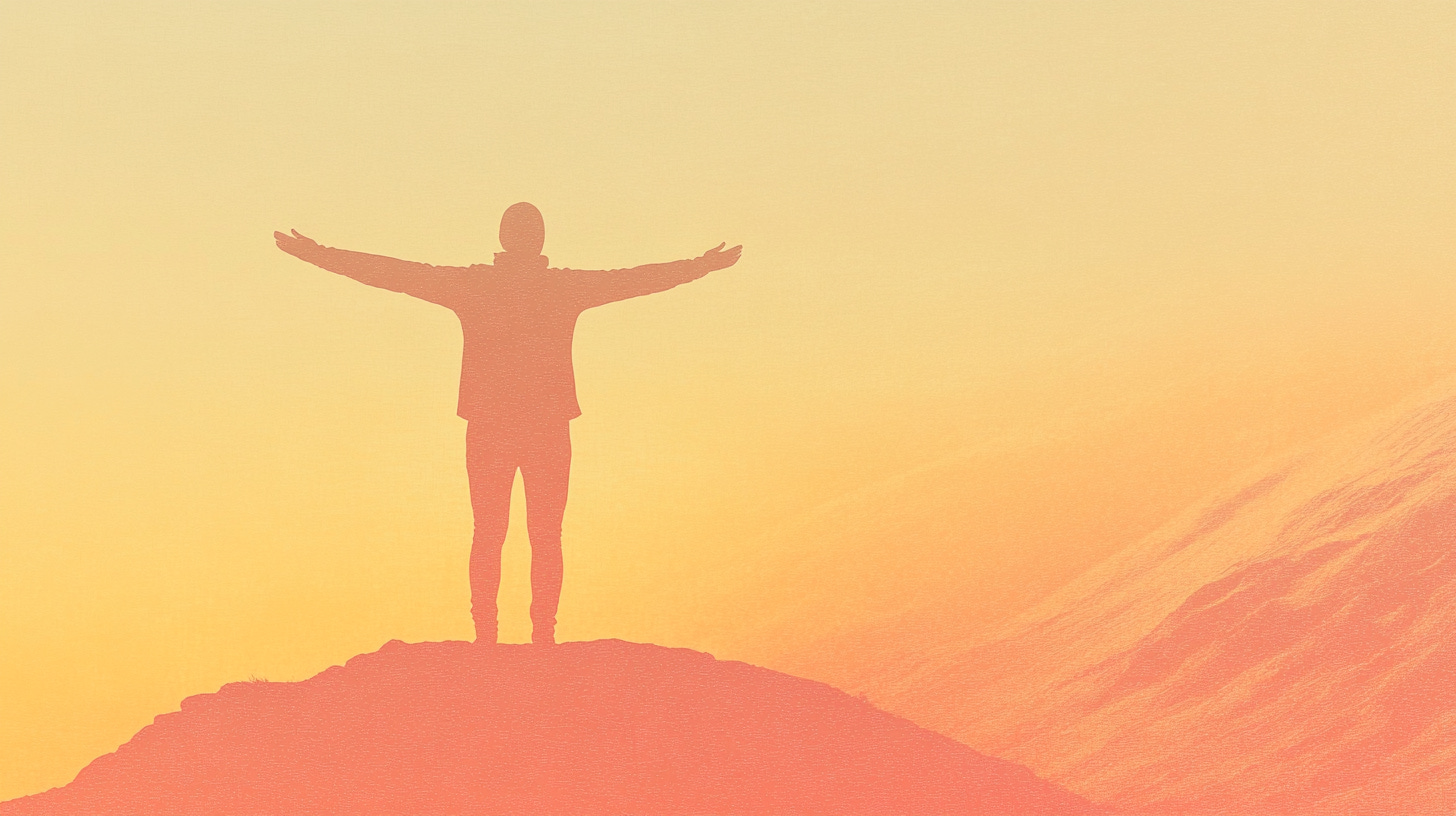
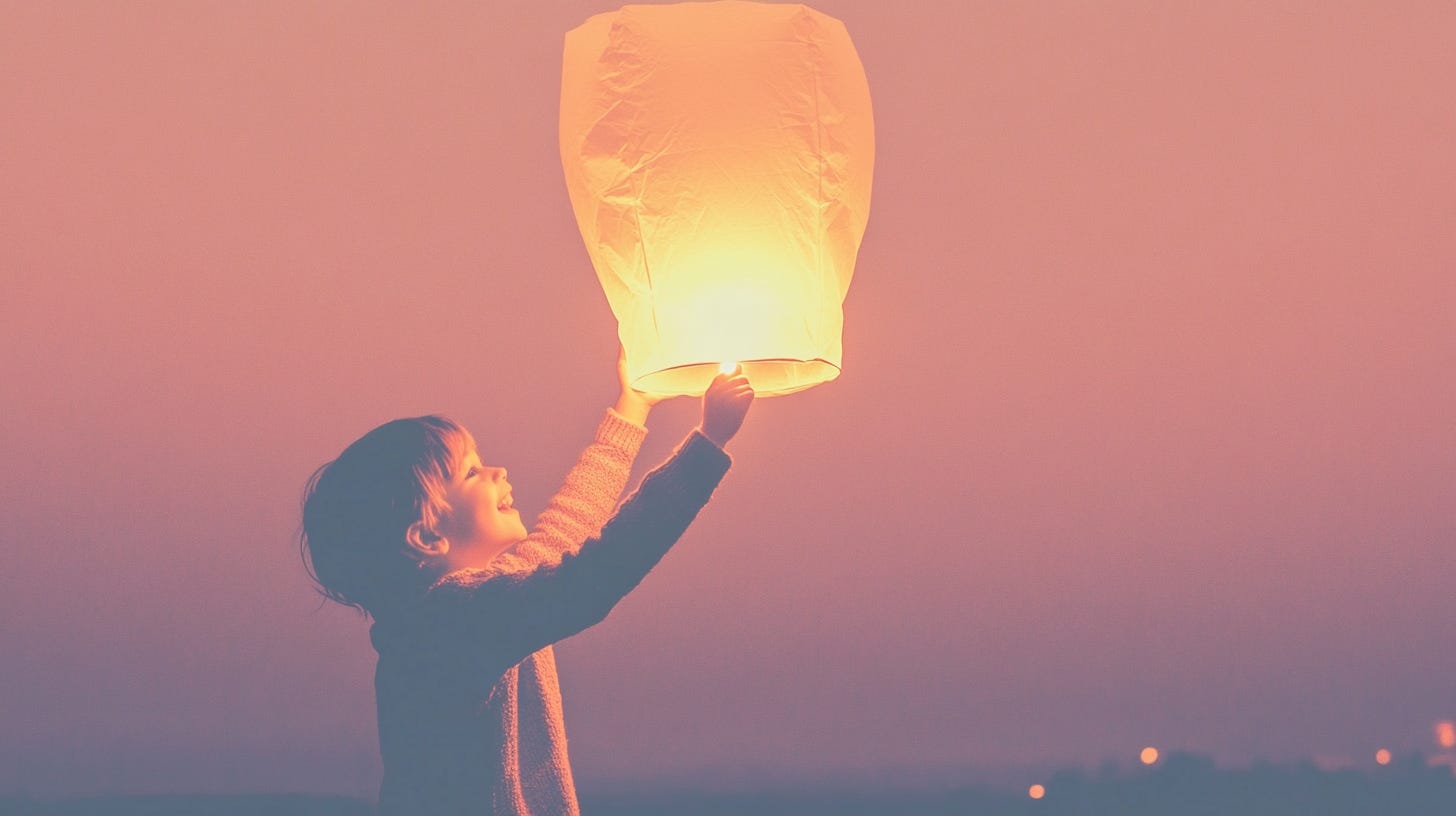
My moodboard. Source images from here. (If you are new to the Midjourney moodboard, read this article to start)
Recent articles
Free Geeky Animals' Sref code: 2345827038
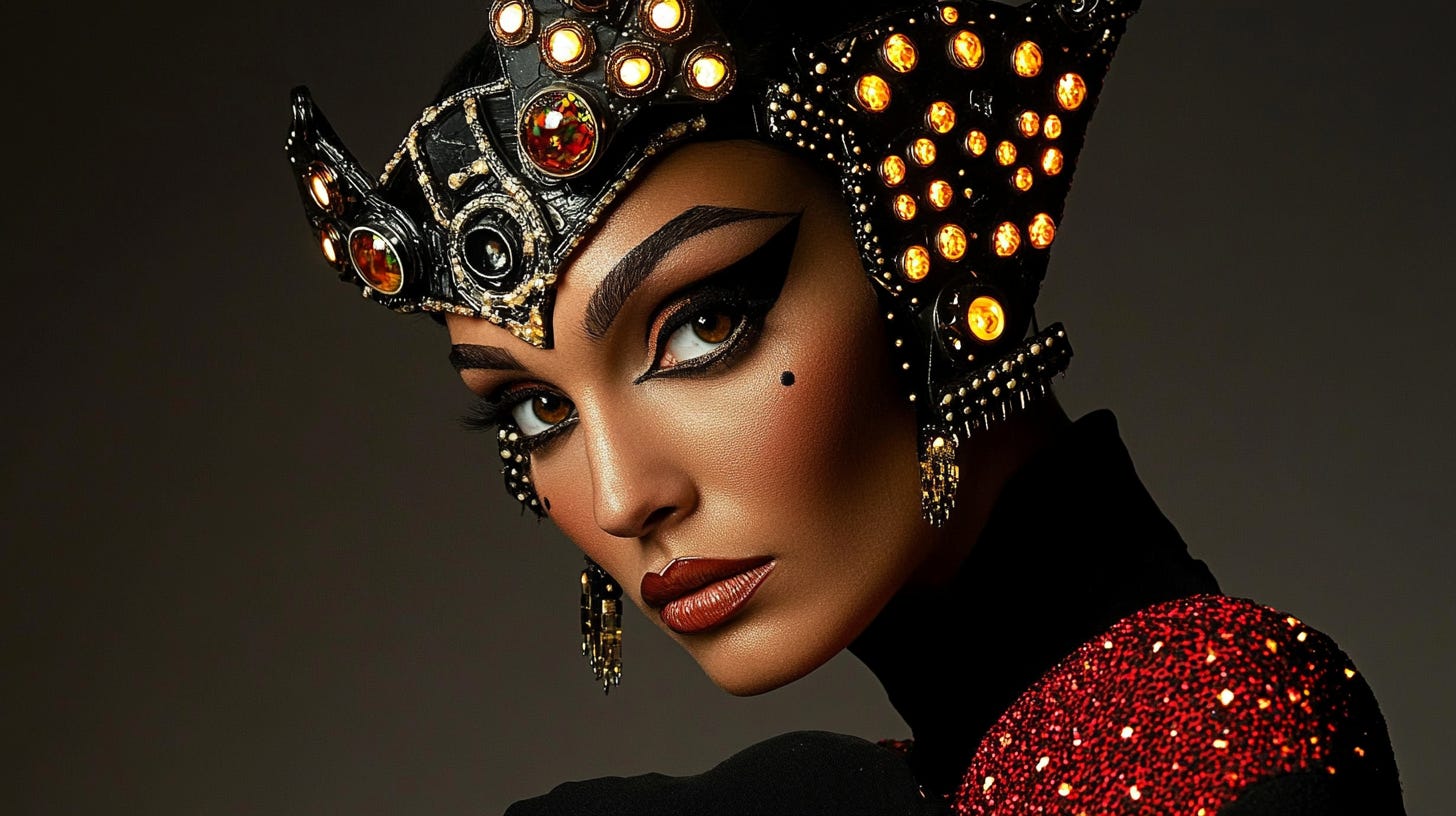
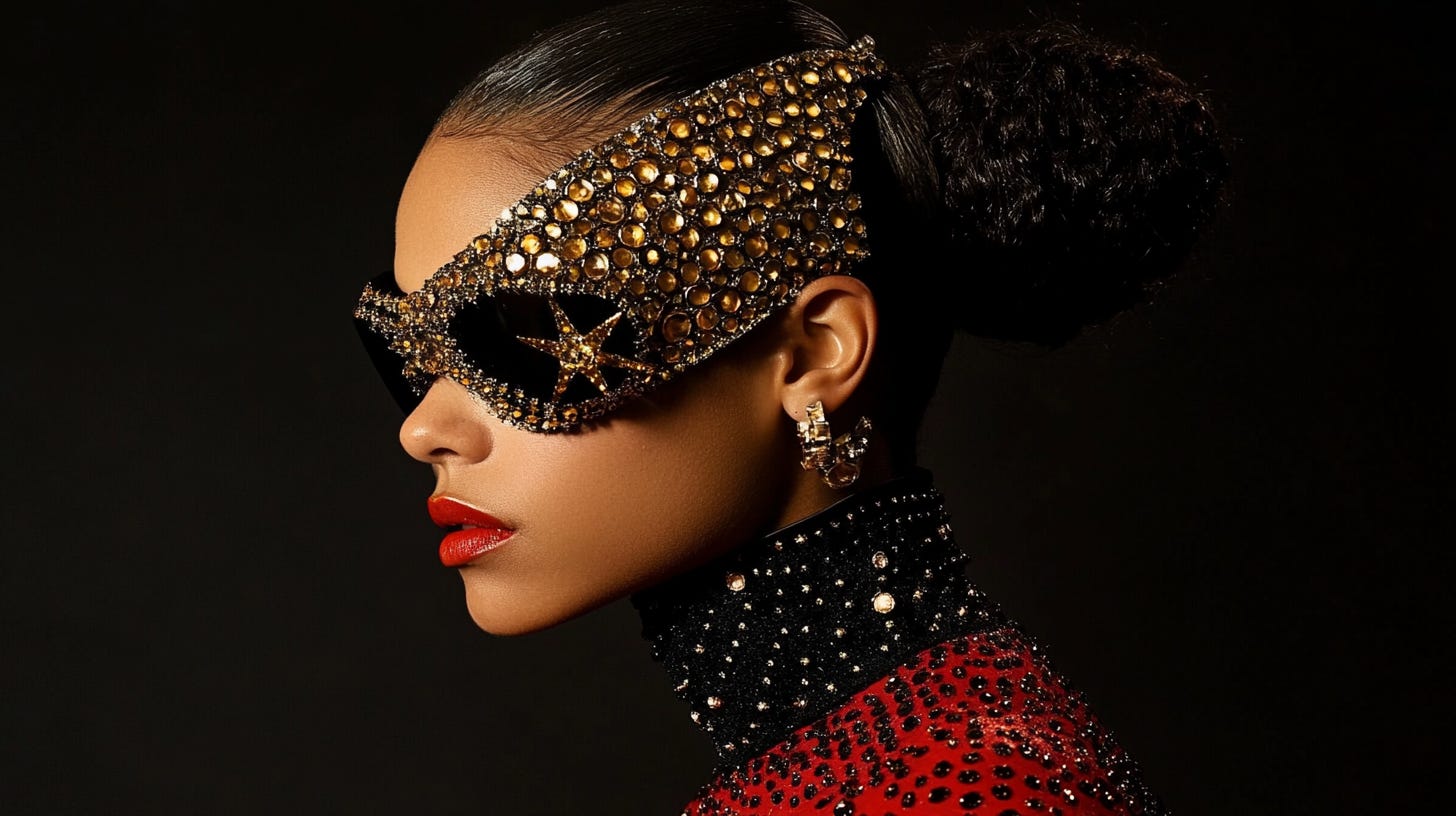
Cover prompt: A fierce female officer in a battle-worn exosuit, her laser rifle at the ready, scanning the horizon of an extraterrestrial war zone, illuminated by eerie alien lights --ar 16:9 --sref 2345827038 --v 6.1
Invitation to publish on Creativity AI
Please contact me if you want to publish on Creativity AI.
This publication will be distributed through Substack and Medium platforms, reaching thousands of readers.
Email: animalsgeeky@gmail.com













